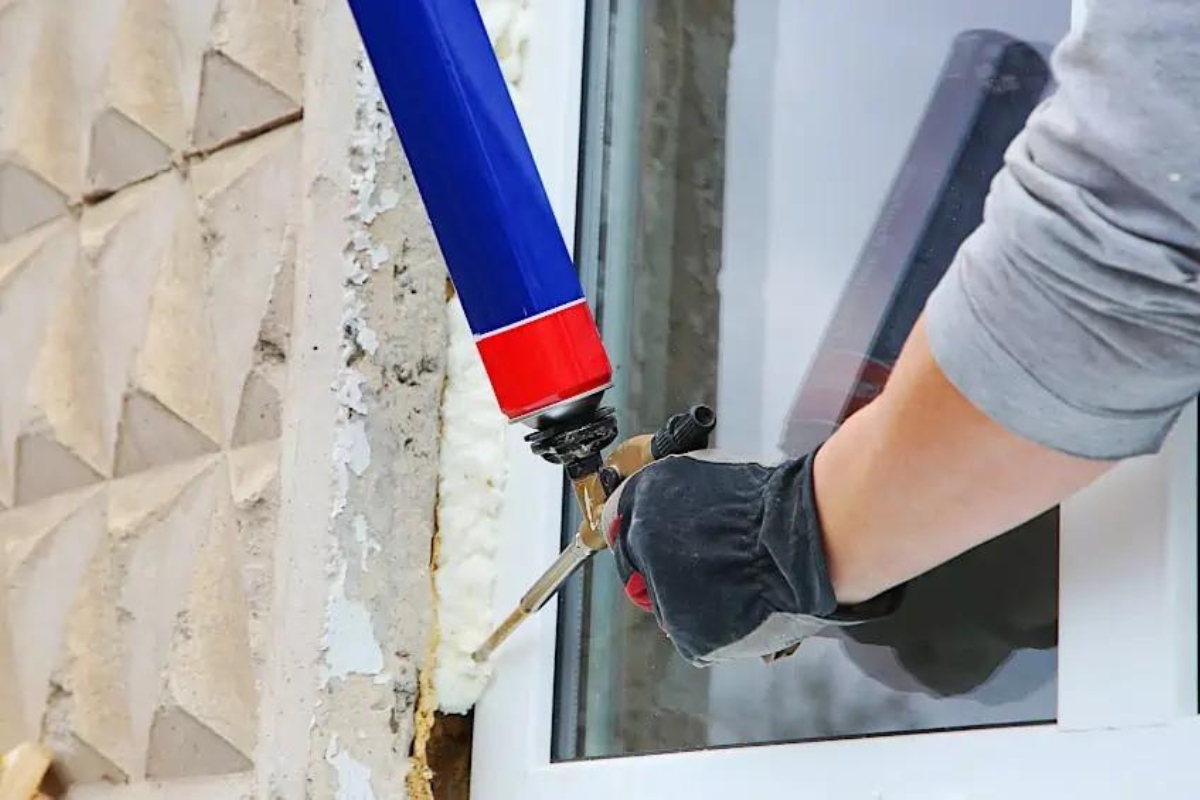

Articles
How To Remove Foam Insulation From Skin
Modified: August 30, 2024
Learn the best techniques for removing foam insulation from your skin in this informative article.
(Many of the links in this article redirect to a specific reviewed product. Your purchase of these products through affiliate links helps to generate commission for Storables.com, at no extra cost. Learn more)
Introduction
Foam insulation is a popular choice for insulating homes and buildings, offering excellent thermal resistance and energy efficiency. It is commonly used in areas such as walls, attics, and crawl spaces to reduce heat transfer and improve indoor comfort. However, despite its many benefits, foam insulation can sometimes find its way onto our skin and create an inconvenient and uncomfortable situation.
Whether you are a DIY enthusiast or a professional contractor, accidents happen, and it is not uncommon to accidentally get foam insulation on your skin during installation or removal. The sticky and stubborn nature of foam insulation can make it challenging to remove, leaving you with a residue that can be irritating and unsightly.
Fortunately, there are effective methods to remove foam insulation from your skin safely and efficiently. In this article, we will explore various techniques that can help you get rid of foam insulation residue without causing any harm to your skin.
Key Takeaways:
- Safely remove foam insulation from skin using methods like soap and water, acetone, petroleum jelly, rubbing alcohol, or sandpaper. Always prioritize skin safety and seek medical advice if needed.
- Accidentally getting foam insulation on your skin can be frustrating, but with the right techniques and precautions, you can effectively remove it without causing harm or discomfort.
Read more: How To Remove Glass From Skin
Understanding Foam Insulation
Foam insulation is a type of insulation material that is commonly used in residential and commercial construction. It is made by combining two chemicals, polyol resin, and isocyanate, which react when mixed together to create a foam-like substance.
There are two main types of foam insulation: open-cell and closed-cell foam. Open-cell foam is softer and less dense, while closed-cell foam is denser and more rigid. They both have excellent insulating properties, but their applications and characteristics differ.
One of the main advantages of foam insulation is its ability to form an airtight seal. When applied properly, foam insulation fills gaps and voids, preventing air leakage and reducing heat transfer. This leads to improved energy efficiency and lower utility bills.
Foam insulation is typically applied using a spray foam gun or a foam dispenser, allowing for precise application. However, due to its adhesive properties, it can easily stick to surfaces, including the skin, if proper precautions are not taken.
It is important to note that foam insulation should not be applied directly to the skin. The chemicals used in foam insulation can cause skin irritation and allergic reactions. Therefore, it is essential to wear appropriate protective clothing, such as gloves and long sleeves, and follow safety guidelines when working with foam insulation.
Despite taking necessary precautions, accidents can still happen, and you may find yourself with foam insulation residue on your skin. Removing this residue promptly and safely is crucial to prevent any discomfort or potential skin issues.
Risks of Foam Insulation on Skin
While foam insulation is an excellent choice for insulating buildings, it can pose some risks when it comes into contact with the skin. The chemicals present in foam insulation can cause skin irritation, allergic reactions, and other potential health concerns.
One of the main risks of foam insulation on the skin is skin irritation. The adhesive nature of foam insulation can lead to it sticking to the skin, causing discomfort and irritation. It may cause redness, itching, and a burning sensation, especially if left on the skin for an extended period.
In addition to skin irritation, foam insulation can also cause allergic reactions. Some individuals may be sensitive or allergic to the chemicals used in foam insulation. This can result in allergic dermatitis, characterized by swelling, blistering, and severe itching.
Another risk of foam insulation residue on the skin is the potential for clogged pores. The sticky nature of foam insulation can clog pores, leading to breakouts and acne. This can be particularly problematic for individuals with sensitive or acne-prone skin.
Furthermore, if foam insulation gets into the eyes or mucus membranes, it can cause additional irritation and potential damage. It is essential to avoid touching the face or rubbing the eyes when foam insulation residue is present on the skin.
It is crucial to take these risks seriously and take the necessary precautions to protect yourself when working with foam insulation. Wearing proper protective clothing, including gloves, safety glasses, and long sleeves, can significantly reduce the chances of foam insulation coming into contact with your skin.
If you do accidentally get foam insulation on your skin, it is important to take immediate action to remove it to minimize any potential risks or discomfort.
Precautions before Removing Foam Insulation
Before you begin the process of removing foam insulation from your skin, it is crucial to take some precautions to ensure your safety and minimize any potential risks. By following these steps, you can reduce the likelihood of skin irritation and other complications.
1. Protect Yourself: Before attempting to remove foam insulation, make sure you are wearing protective clothing. This includes gloves, long sleeves, pants, and safety glasses. This will help prevent any direct contact between the foam insulation residue and your skin.
2. Ventilation: Choose a well-ventilated area to work in. If possible, open doors and windows to allow fresh air to circulate. This will help minimize the inhalation of any fumes or chemicals that may be present during the removal process.
3. Read Product Instructions: Familiarize yourself with the specific foam insulation product you are working with. Read the manufacturer’s instructions and safety guidelines to understand any specific recommendations for removal.
4. Test a Small Area: Before applying any removal method to your skin, test it on a small, inconspicuous area first. This will help you determine if you have any adverse reactions or allergies to the removal agent.
5. Seek Medical Advice: If you have sensitive skin, pre-existing skin conditions, or any concerns about potential allergic reactions, it may be wise to consult with a medical professional before attempting to remove the foam insulation yourself.
By taking these precautions, you can ensure that the process of removing foam insulation from your skin is as safe and efficient as possible.
Method 1: Using Soap and Water
One of the simplest and safest methods for removing foam insulation from your skin is by using soap and water. This method is effective for fresh foam residue that has not fully dried and hardened.
Here’s how you can use soap and water to remove foam insulation from your skin:
- Immediately after coming into contact with foam insulation, rinse the affected area with warm water. This will help remove as much of the foam residue as possible.
- Next, lather your hands with a mild soap or hand cleanser. Use gentle circular motions to massage the soap onto the affected area. Ensure that you thoroughly cover the foam residue.
- Rinse the area with warm water, continuing to massage the skin. You can use your fingers or a soft sponge to help remove any remaining foam residue.
- Repeat this process as needed until the foam insulation is completely removed.
- Afterward, pat your skin dry with a clean towel and apply a moisturizer to prevent any dryness or irritation.
It is important to note that this method may not be as effective for foam insulation that has already dried and hardened. In such cases, you may need to consider other removal methods.
Using soap and water is a gentle and readily available option that presents minimal risk to your skin. It is a good first step to try if you accidentally get fresh foam insulation on your skin.
Apply a generous amount of oil-based product, such as baby oil or coconut oil, to the affected area. Gently massage the oil into the foam insulation to help break it down and then rinse with warm, soapy water.
Read more: How To Wash Insulation Off Skin
Method 2: Applying Acetone or Nail Polish Remover
If the foam insulation has dried and hardened on your skin, using acetone or nail polish remover can be an effective method for removal. Acetone is a solvent that helps break down and dissolve the foam, making it easier to remove.
Follow these steps to remove foam insulation using acetone or nail polish remover:
- First, ensure that you are in a well-ventilated area to prevent inhalation of fumes. Open windows or use a fan to increase airflow.
- Dip a cotton ball or cotton swab into the acetone or nail polish remover. Ensure that it is saturated but not dripping.
- Gently rub the cotton ball or swab onto the foam insulation residue. Use small, circular motions to help break down the foam and loosen it from your skin.
- Continue rubbing until the foam insulation starts to dissolve and transfer onto the cotton ball or swab.
- Replace the cotton ball or swab as needed to ensure effective removal.
- Once the majority of the foam insulation is removed, wash the area with mild soap and warm water to cleanse the skin.
- Pat the skin dry with a clean towel and apply a moisturizer to help restore hydration.
It is important to exercise caution when using acetone or nail polish remover, as they can be drying to the skin. If you have sensitive or dry skin, consider using an acetone-free nail polish remover or diluting the acetone with water before application.
After using this method, it is recommended to keep the treated area moisturized to prevent dryness and irritation. If you experience any adverse reactions or prolonged irritation, seek medical attention.
Remember to always perform a patch test on a small area of skin before applying acetone or nail polish remover to ensure that you do not have any adverse reactions.
Method 3: Utilizing Petroleum Jelly or Baby Oil
Another effective method for removing foam insulation from your skin is by using petroleum jelly or baby oil. These oily substances help to break down the foam and make it easier to remove.
Here is how you can use petroleum jelly or baby oil to remove foam insulation from your skin:
- Start by applying a generous amount of petroleum jelly or baby oil directly onto the foam insulation residue.
- Gently massage the petroleum jelly or baby oil onto the affected area, ensuring that the residue is well-covered.
- Allow the petroleum jelly or baby oil to sit on the skin for a few minutes, giving it time to break down the foam insulation.
- Using a soft cloth or paper towel, gently wipe away the petroleum jelly or baby oil, along with the dissolved foam insulation residue.
- Repeat the process if needed, until all traces of the foam insulation have been removed.
- Afterward, cleanse the skin with mild soap and warm water to remove any remaining residue.
- Pat the skin dry with a clean towel and apply a moisturizer to keep the skin hydrated.
Both petroleum jelly and baby oil are gentle on the skin and provide lubrication to aid in the removal process. They can be particularly beneficial if you have sensitive or dry skin.
It is important to note that while these substances are generally safe to use on the skin, they may leave a greasy residue. Be cautious when walking on slippery surfaces to prevent any accidents.
If you notice any adverse reactions or irritation during or after the use of petroleum jelly or baby oil, discontinue use and consult a healthcare professional.
Using petroleum jelly or baby oil is a safe and effective method for removing foam insulation from your skin, particularly if the residue has already hardened.
Method 4: Employing Rubbing Alcohol or Hand Sanitizer
Rubbing alcohol or hand sanitizer can be a useful method to remove foam insulation from your skin. These products contain alcohol, which helps dissolve the foam and make it easier to wipe away.
Follow these steps to utilize rubbing alcohol or hand sanitizer for foam insulation removal:
- Ensure you are in a well-ventilated area to avoid inhaling any fumes. Open a window or use a fan if necessary.
- Pour a small amount of rubbing alcohol or hand sanitizer onto a clean cloth or paper towel.
- Gently rub the cloth or paper towel onto the foam insulation residue, using small circular motions. Apply light pressure to help break down the foam.
- Continue rubbing until the foam insulation starts to dissolve and transfer onto the cloth or paper towel.
- Replace the cloth or paper towel with a clean one as needed during the process.
- Once the majority of the foam insulation is removed, cleanse the skin with mild soap and warm water.
- Pat the skin dry with a clean towel and apply a moisturizer to prevent any dryness or irritation.
It’s important to note that rubbing alcohol and hand sanitizers can be drying to the skin. Ensure you moisturize your skin after the removal process to keep it hydrated.
If you have sensitive or dry skin, you may consider diluting the rubbing alcohol with water or opting for a hand sanitizer that contains moisturizing ingredients.
Always perform a patch test on a small area of skin before using rubbing alcohol or hand sanitizer to check for any adverse reactions.
Using rubbing alcohol or hand sanitizer provides an effective and convenient method for removing foam insulation residue from your skin, especially for areas that have fully dried and hardened.
Method 5: Removing Foam Insulation with Sandpaper
When foam insulation has dried and hardened onto the skin, another method you can use to remove it is by utilizing sandpaper. Sandpaper helps to physically exfoliate and remove the foam particles from the surface of your skin.
Follow these steps to remove foam insulation with sandpaper:
- Obtain a fine-grit sandpaper, preferably one with a grit between 180 and 240. This will ensure a gentle but effective removal process.
- Gently sand the affected area of the skin in a back-and-forth motion. Be sure to apply minimal pressure to avoid skin irritation.
- Continue sanding until you notice the foam insulation starting to peel off or disintegrate.
- After removing the majority of the foam insulation, use warm soapy water to cleanse the area and remove any remaining residue.
- Rinse thoroughly with water and pat dry with a clean towel.
- Apply a moisturizer to soothe and hydrate the skin.
It’s important to be cautious when utilizing sandpaper on the skin to avoid excessive rubbing or abrasion. Start with a gentle touch and gradually increase pressure as needed, but always prioritize the safety and comfort of your skin.
Keep in mind that this method may cause slight redness or skin sensitivity. If you have sensitive skin or any pre-existing skin conditions, it’s recommended to explore alternative methods or consult a healthcare professional.
Using sandpaper to remove foam insulation is a more abrasive method compared to others mentioned. Reserve this technique for more stubborn or hardened foam residues, as a last resort.
Read more: How To Paint Insulation Foam
Conclusion
Accidentally getting foam insulation on your skin can be a frustrating situation, but there are several effective methods to safely remove it. By following the appropriate techniques, you can eliminate foam insulation residue and minimize any potential risks or discomfort.
Using methods such as soap and water, acetone or nail polish remover, petroleum jelly or baby oil, rubbing alcohol or hand sanitizer, and even sandpaper, you can successfully remove foam insulation from your skin. The choice of method will depend on the nature and condition of the foam residue, as well as your personal preferences.
It is important to take precautions before attempting to remove foam insulation, such as wearing protective clothing, working in a well-ventilated area, and reading product instructions. Additionally, if you have sensitive skin or any concerns, it is advisable to seek medical advice before proceeding.
Remember to always perform a patch test on a small area of skin before applying any removal agent and discontinue use if you experience any adverse reactions. Keep the treated area moisturized to prevent dryness and irritation.
In conclusion, with the right tools and proper techniques, you can safely and effectively remove foam insulation from your skin. By taking prompt action and following the guidelines provided, you can ensure a hassle-free experience and maintain the health and wellbeing of your skin.
Frequently Asked Questions about How To Remove Foam Insulation From Skin
Was this page helpful?
At Storables.com, we guarantee accurate and reliable information. Our content, validated by Expert Board Contributors, is crafted following stringent Editorial Policies. We're committed to providing you with well-researched, expert-backed insights for all your informational needs.
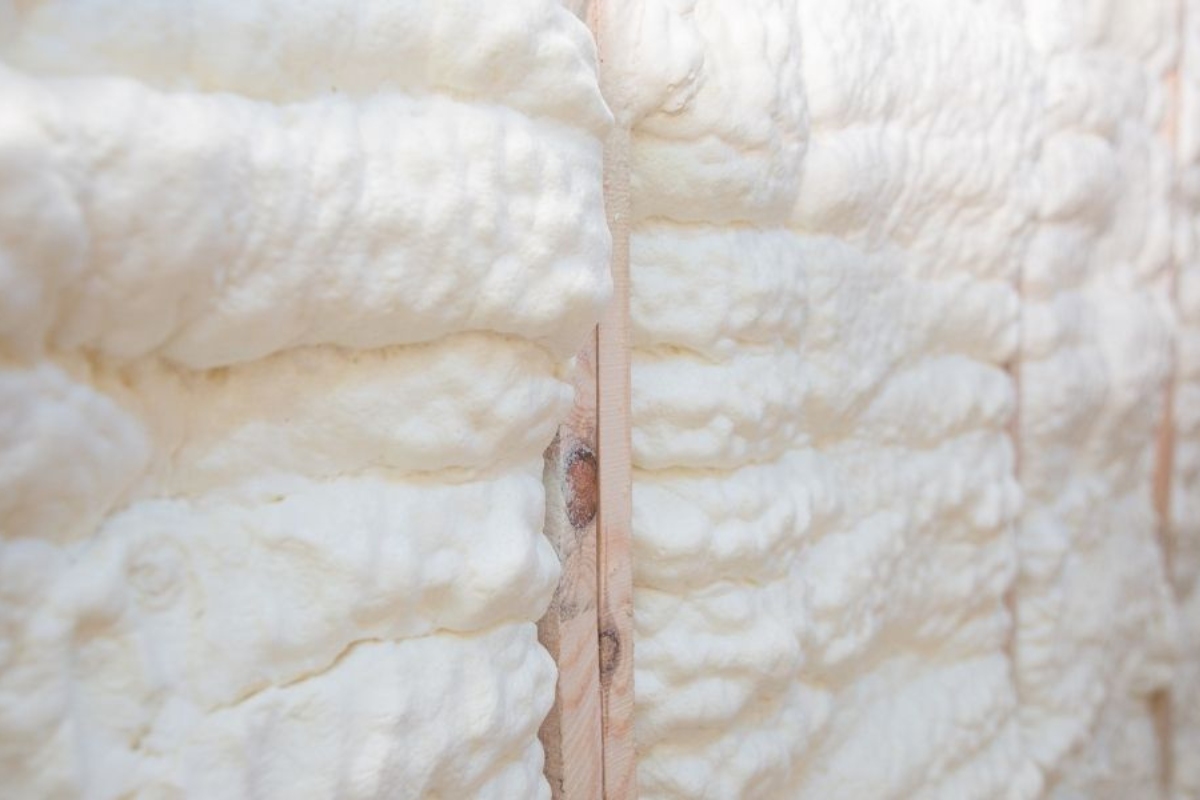
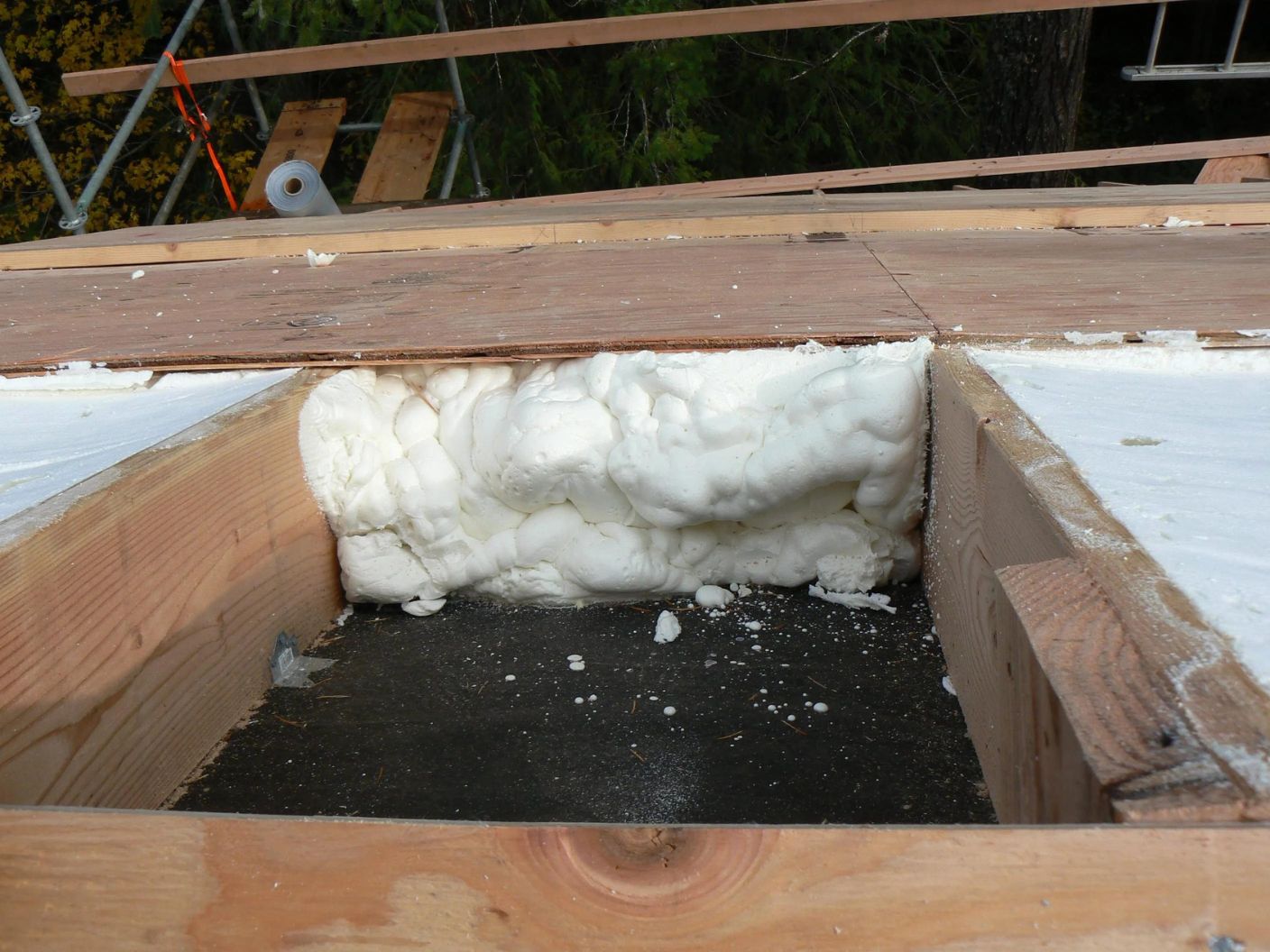

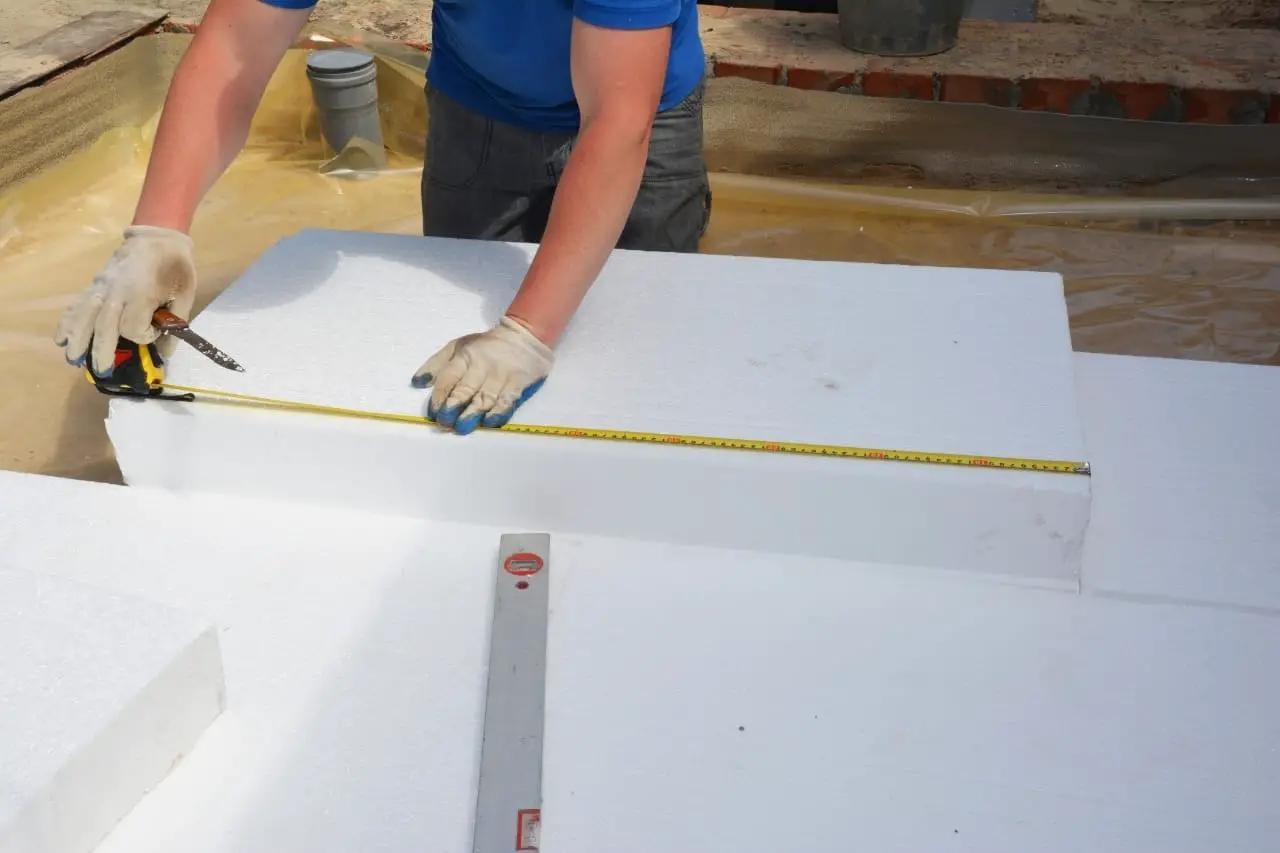



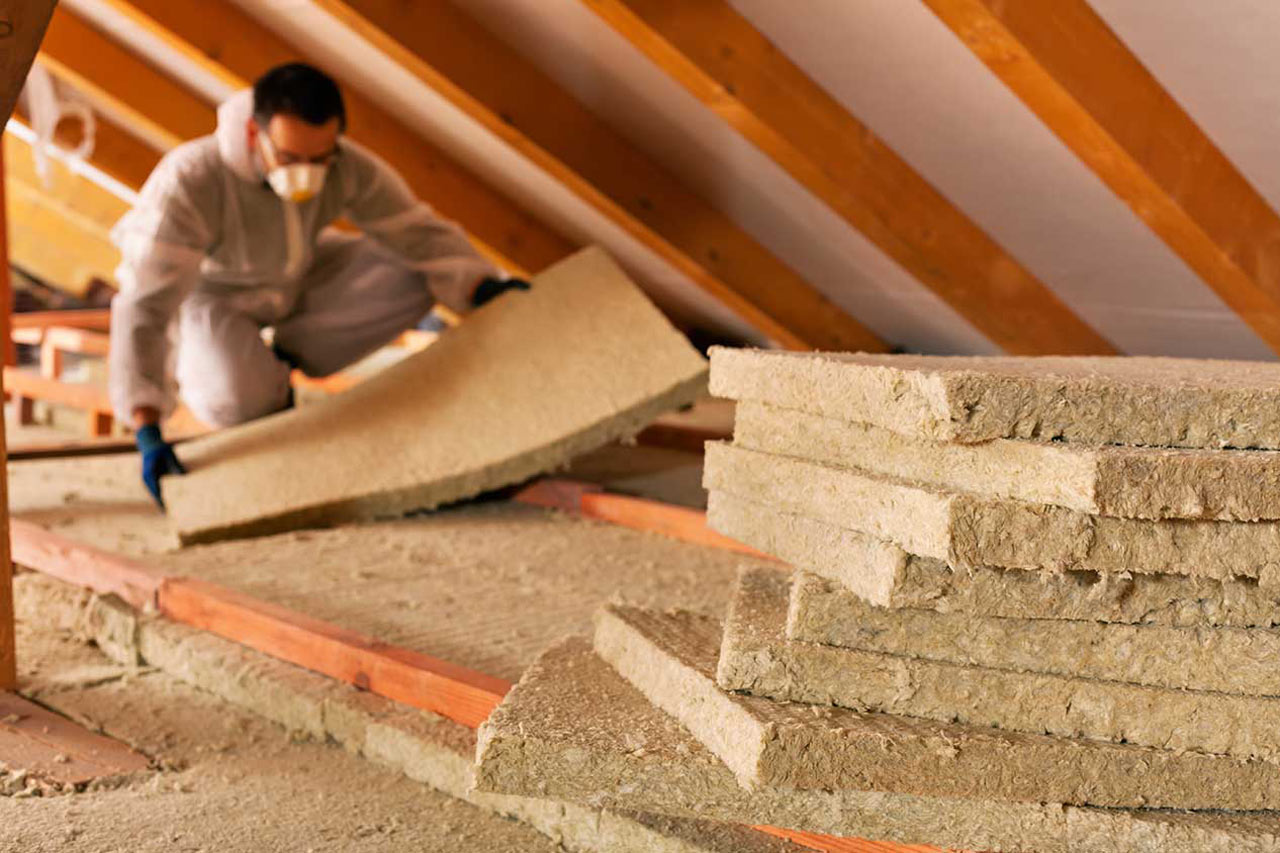
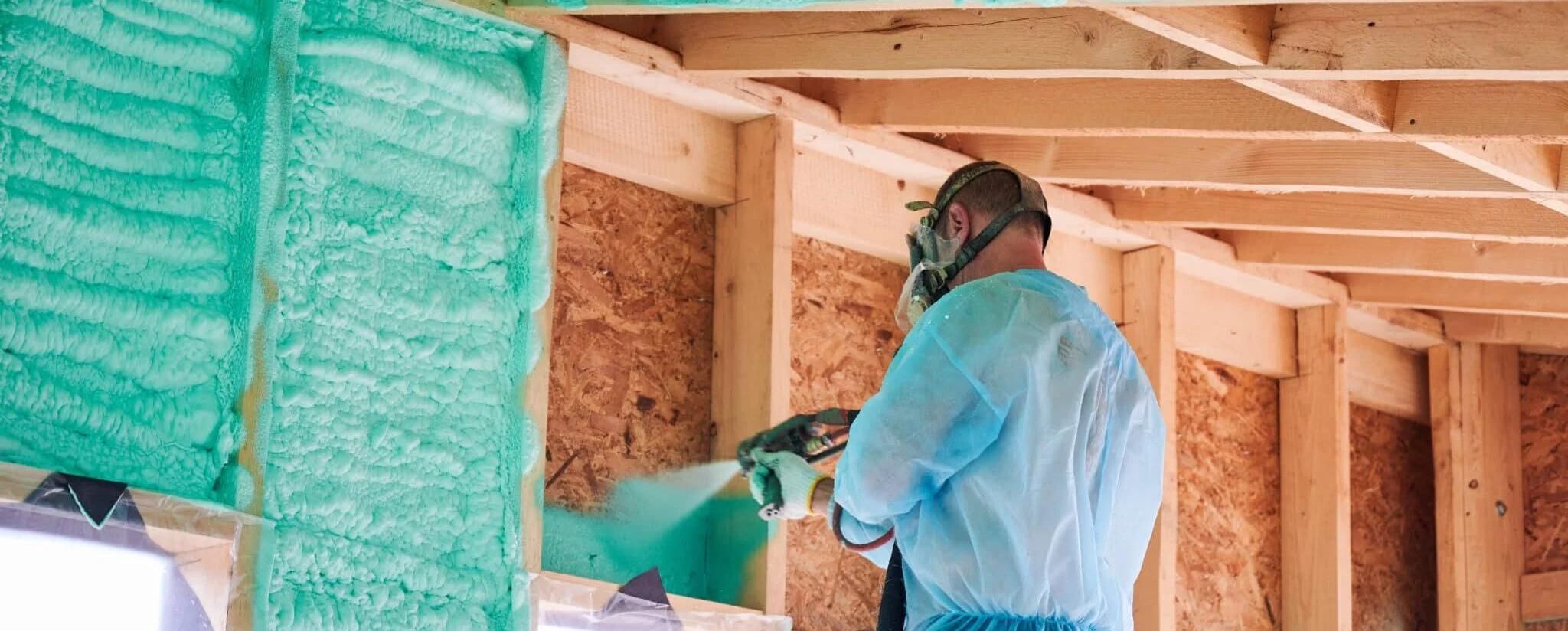
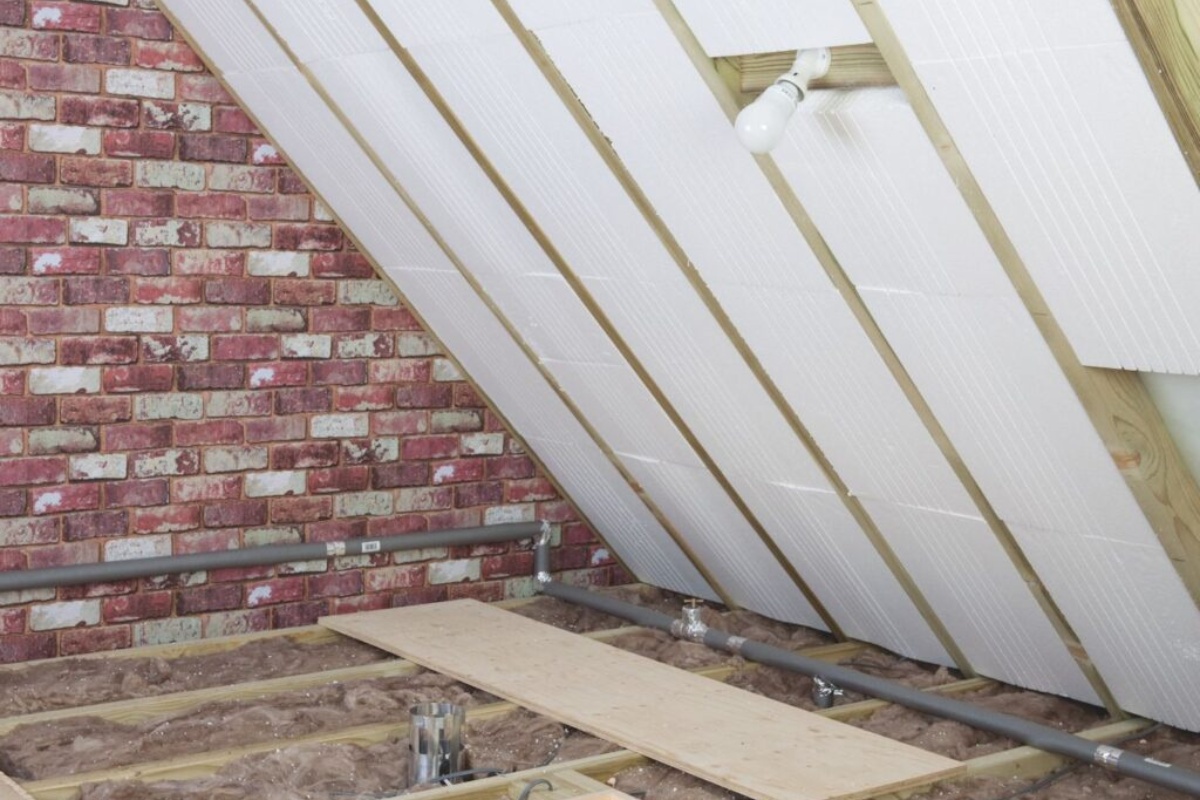
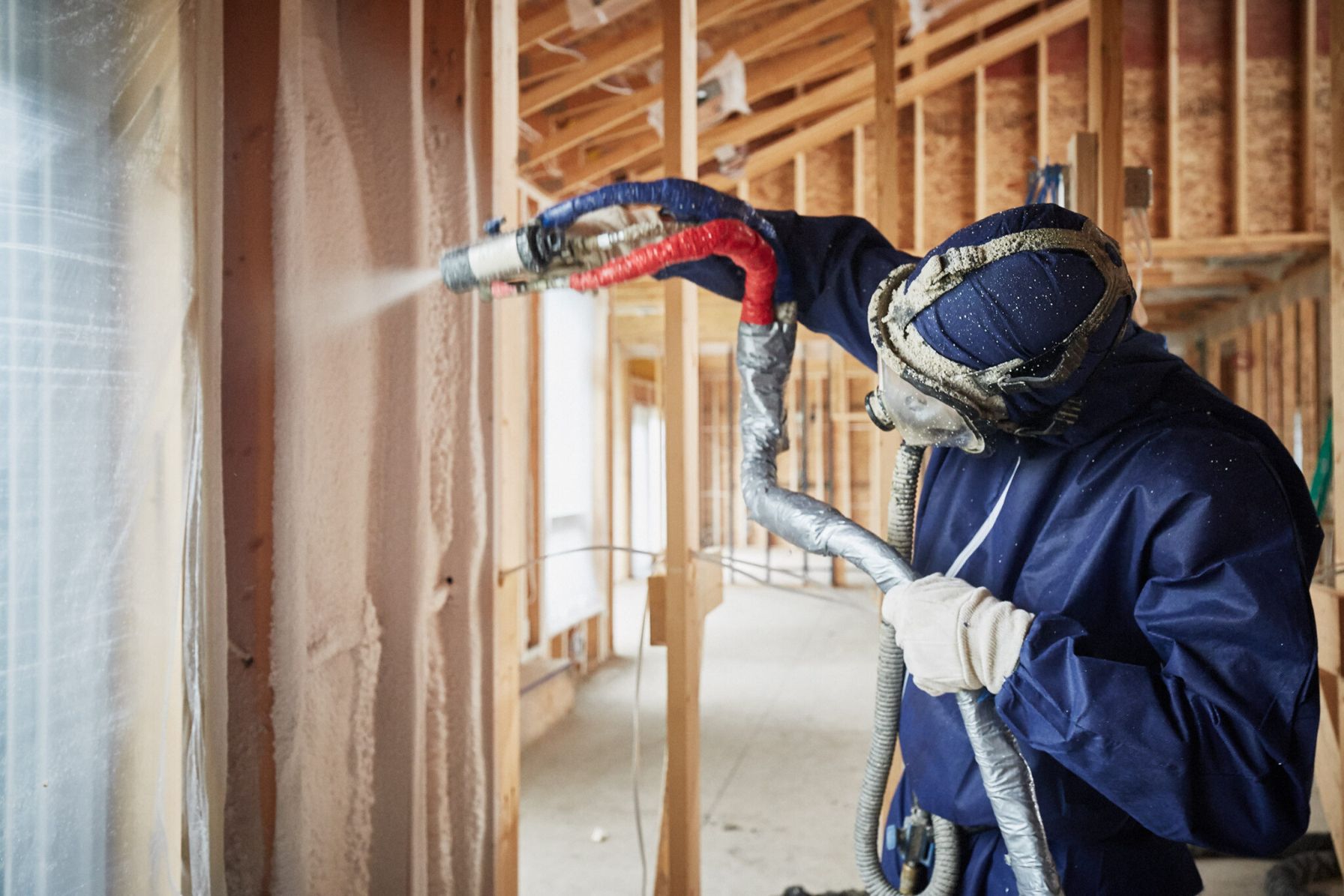
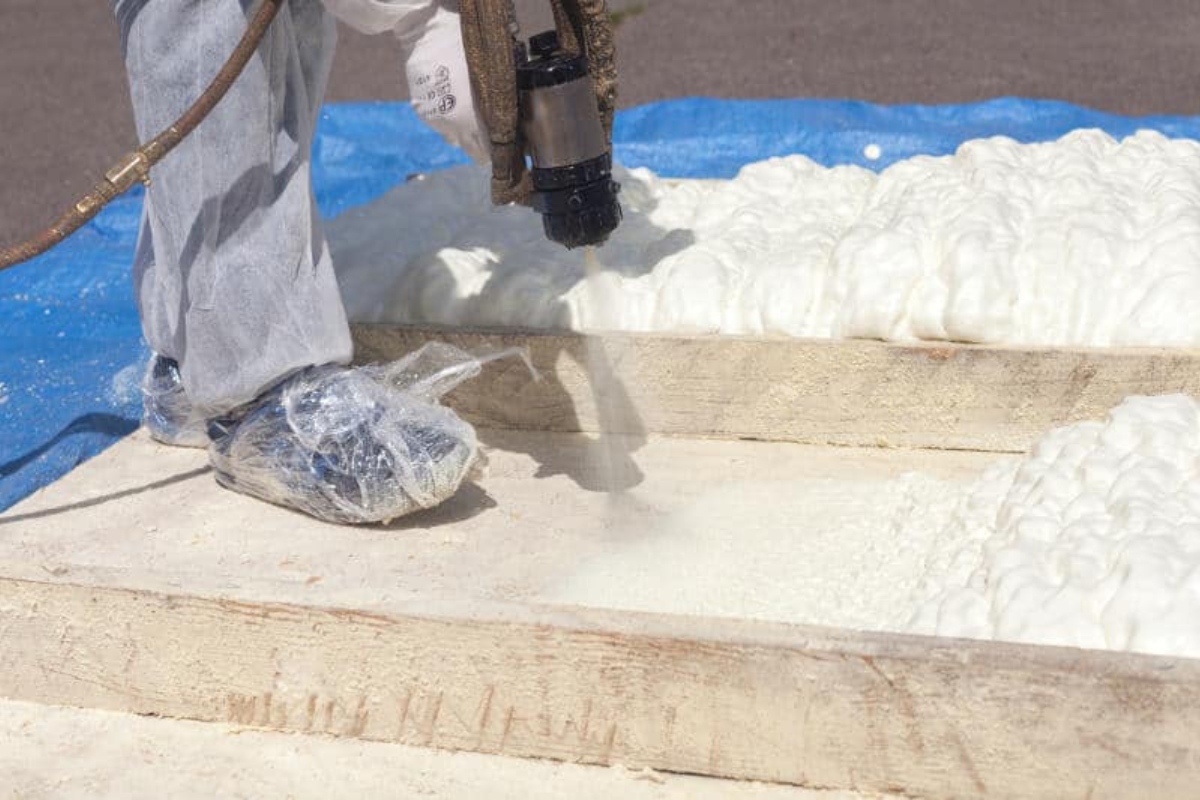
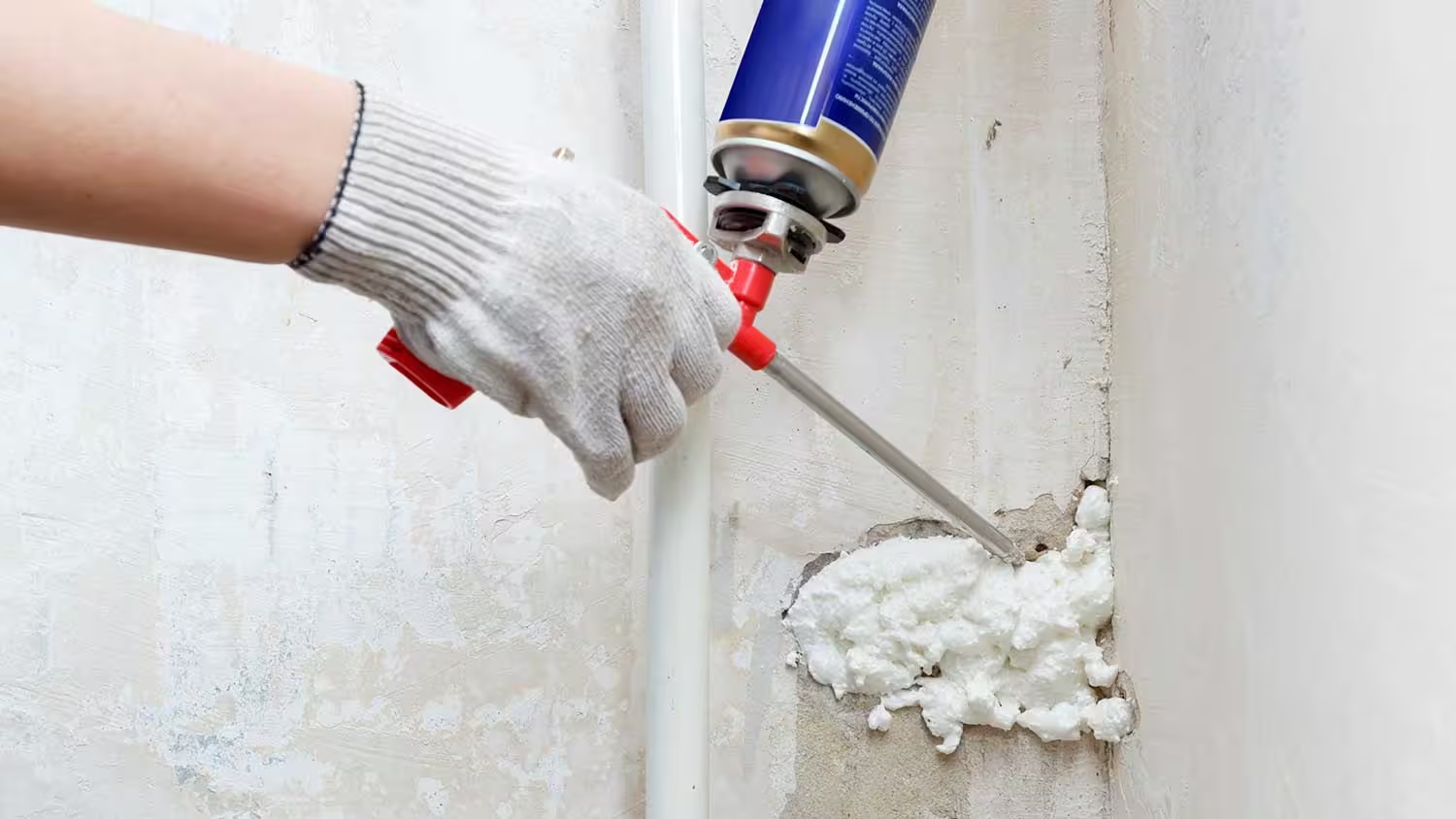

0 thoughts on “How To Remove Foam Insulation From Skin”